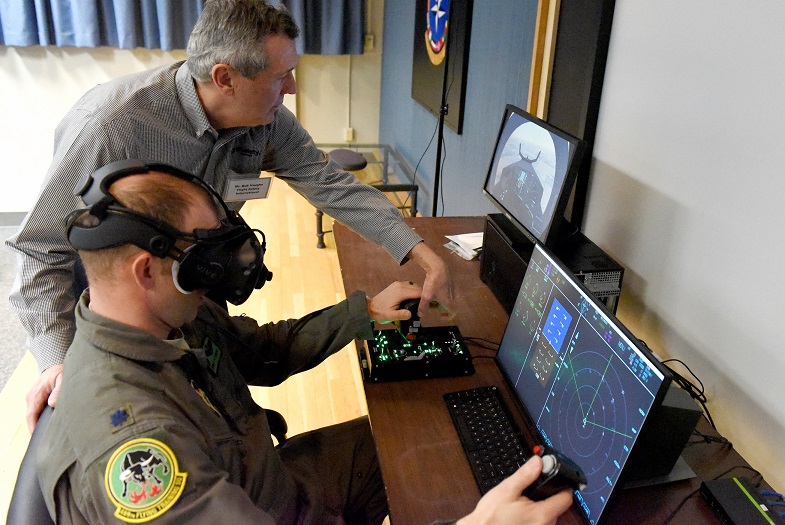
This post is also available in:
 עברית (Hebrew)
עברית (Hebrew)
Training and simulation in both the civilian and military realms use virtual reality (VR) in order to simulate realistic scenarios.
Current VR headsets use tracked hand controllers with rudimentary haptic effects to provide touch feedback. Our sense of touch represents an incredibly hard technical problem to simulate in a fully believable fashion. Creating physical resistance across all 10 digits, for example, is a kind of holy grail in VR research. Mixed reality may be the solution.
ECS (Engineering & Computer Simulations), a military training and technology company, will develop haptics-based mixed reality training systems within the U.S. Army’s Synthetic Training Environment. The HaptX gloves are expected to increase the effectiveness of mixed reality training for military and civilian healthcare professionals.
The project will be developed in conjunction with the Defense Health Agency and includes a partnership with haptic glove company HaptX and the Mayo Clinic at the College of Medicine and Science in Florida.
“This type of haptics integration offers a sense of touch and natural interactions within various virtual, augmented, and mixed reality scenarios,” said Waymon Armstrong, ECS CEO and President. “When applied in a medical environment, this integration with TC3 will provide our Warfighters and healthcare professionals the tools that they need to improve their quality of training and retention to potentially save more lives.”
According to uploadvr.com, the HaptX Gloves will be integrated into several areas of medical training in the Department of Defense, which aim to provide haptic feedback in training environments, as to reduce the need for “live tissue training.” The programs will use both augmented and virtual reality systems, with multi-user capabilities and training analytics and assessment tools.

























